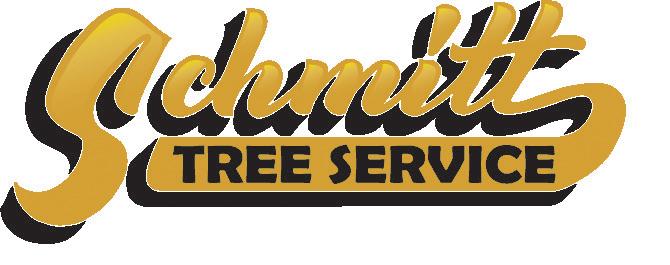
1 minute read
Lamont’s waste-disposal overhaul plan about to get its first test vote
from The Berlin Citizen
By Mark Pazniokas The Connecticut Mirror
Cases of unsold foodstuffs arrive in bulk on pallets at
Advertisement

Bright Feeds, a high-tech startup that Gov. Ned Lamont sees as engaged in the next-generation alchemy of spinning dross into gold or, in this case, food waste into animal feed.
With reporters and television cameras in tow, Lamont toured the Bright Feeds plant last week, an odorless and brightly lit facility that opened six months ago in the Hartford suburb of Berlin and already processes 80 tons of garbage daily.
“What the rest of us see as garbage, entrepreneurs see as gold,” Lamont said.
The story of Bright Feeds and other companies vested in converting food waste to other products, or using it as the raw material to make natural gas and generate electricity, is central to Lamont’s advocacy for a waste- disposal and recycling bill that was to get its first test vote Wednesday.
His host at Bright Feeds was Scott Kalb, a one-time equities and hedge fund manager from Greenwich whose interests have shifted from global finance and sovereign wealth funds to responsible asset allocation and, yes, garbage.
Bright Feeds has the capacity to process far more waste than it is getting.
Brilliant Basement Waterproofing, LLC
Brilliant Basement Waterproofing, LLC
Basement Waterproofing Services
Over 36 Years combined experience.

“We’re the largest solution provider for processing food waste in the state and in all of New England,” said Kalb, a co-founder and chairman of Bright Feeds. “We have a permitted capacity of 450 tons per day, or 160,000 tons per year. ”
Fully Transferable Written Guarantee*, Sump Pumps,
Eliminated in most homes. Deal Direct with owner - no middle man. French Drains, Gravity Drains, Landscaping Drainage, Gutter Downspout Drains
Brilliant Basement Waterproofing, LLC
New Bulkheads, Egress and Basement Windows, Basement Finishing
FREE Estimates

Quantum Biopower tells a similar story. It uses food scraps and other organics in an anaerobic digester to produce natural gas that generates electricity at a plant in Southington. The residue is sold as compost.
Like Bright Feeds, it could handle far more food waste www.brilliantbasementwaterproofing.com
HIC. 0653192 • CALL US 860-598-8091 D801038_V3
Overall, the state estimates, the capacity already exists to divert more than half of the 500,000 tons of food waste that is annually shipped to out-of-state landfills or burned in one of four wasteto-energy plants.
“Yet, we’re only processing something like 15,000 tons a year right now with the food waste that’s being generated in our state,” Kalb said.
The problem is that a system to separate food from other waste in residential settings does not yet exist on any scale.
The
Municipalities, on average, pay $102 to dispose of
See Waste, A11







